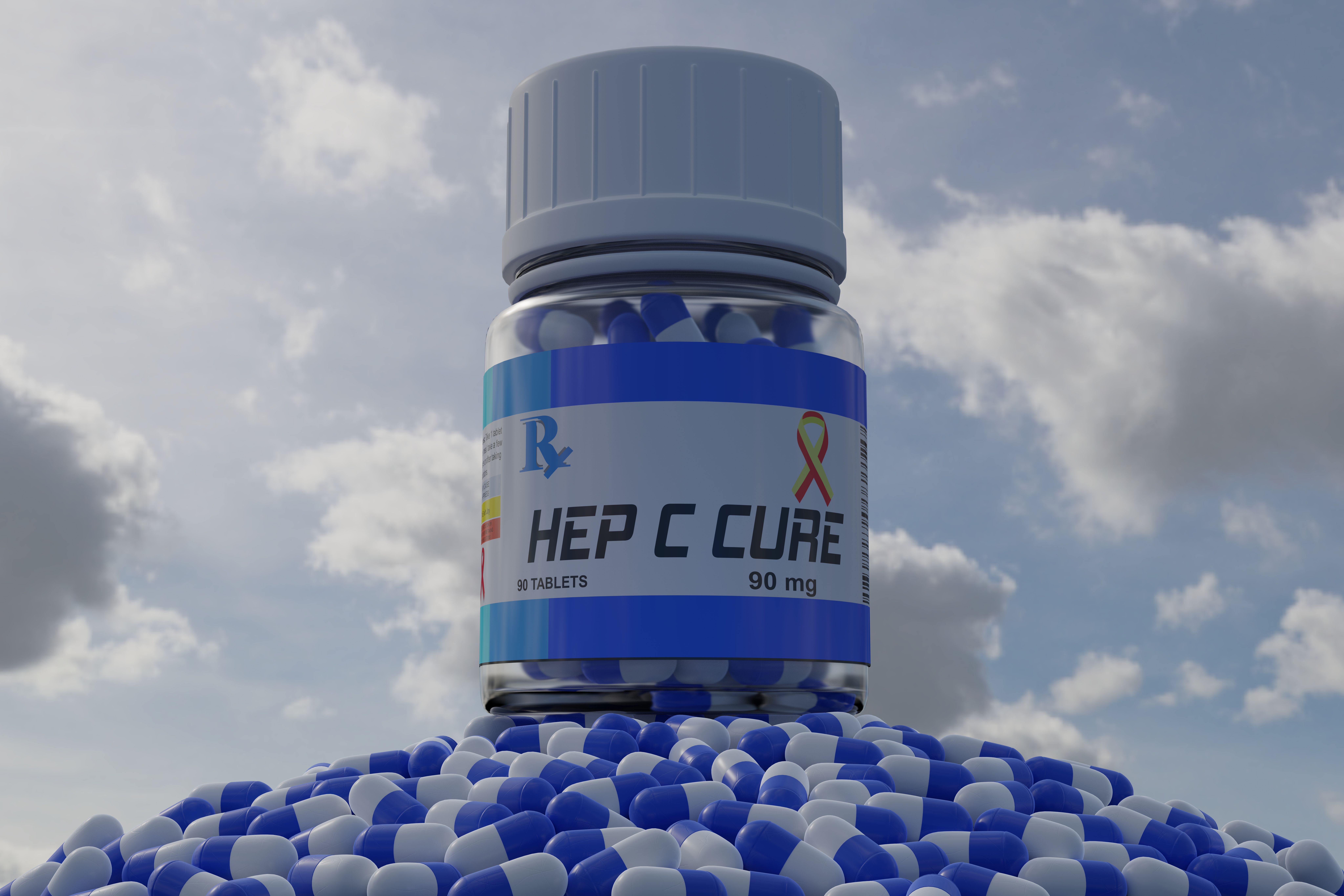CDC Study Finds “Jarringly” High Rates of Uncured Hepatitis C
Among people living with hepatitis C virus (HCV), viral clearance was only 34%. Cure rates were even lower among uninsured persons younger than 40.

The Viral Hepatitis National Strategic Plan for the United States set a goal to have at least 80% of individuals with hepatitis C virus (HCV) to achieve viral clearance by the year 2030.
In their Morbidity and Mortality Weekly Report (MMWR), the US Centers for Disease Control and Prevention (CDC) analyzed the HCV clearance cascade for 2013–2022 to track progress toward the elimination goal.
In the United States, an estimated 2.4 million adults are living with HCV infection. The MMWR report suggests most of them have not been cured, even a decade after the approvals of breakthrough HCV treatments capable of achieving viral clearance.
A simplified national laboratory results-based HCV 5-step clearance cascade was developed, based upon CDC guidance. The clearance cascade utilized data from the decade since highly effective hepatitis C treatments were made available.
From January 1, 2013–December 31, 2021, the investigators identified 1,719,493 individuals who had contracted HCV during their lives. From January 1, 2013–December 31, 2022, 88% of study patients had received viral testing. Among them, 69% had an initial infection, 34% of whom were classified as cured or cleared. Among the patients who had been cured, either treatment-induced or spontaneously, 7% were determined to have persistent infection or reinfection.
Of the 1 million individuals with evidence of initial infection, 1 in 3 had evidence of viral clearance. “This simplified national HCV clearance cascade identifies substantial gaps in cure nearly a decade since highly effective direct-acting antiviral (DAA) agents became available and will facilitate the process of monitoring progress toward national elimination goals,” the CDC wrote in the MMWR.
Other key findings were that 1 in 4 patients who achieved viral clearance did not have health insurance, 1 in 4 cured were under 40 years of age, and 1 in 6 cured were under 40 years and uninsured. HCV viral clearance rates were lowest among these uninsured individuals under 40 years, a group that also has the highest proportion of new HCV infections.
Untreated HCV can lead to advanced liver disease, liver cancer, and death. Despite the availability of safe and effective direct-acting antiviral medications, the CDC estimated more than 14800 people died of HCV in 2020.
The cost of HCV medication has decreased in the decade since it was introduced, but this is still a major treatment barrier, as the oral cure must be taken for 8–12 weeks. Additionally, restrictive treatment coverage policies and challenges diagnosing hepatitis C hinder rates of viral clearance.
“The development of a safe and highly effective cure for hepatitis C is one of the most stunning medical achievements of the past 20 years,” said Francis S. Collins, MD, PhD, who represents the National Institutes of Health and leads the White House National Hepatitis C Elimination Program. “But unfortunately, too many people in our country still face insurmountable barriers to accessing this treatment— which means we must work harder.”
In the White House 2024 budget, the Biden Administration announced intentions to allot more than $11 billion for HCV funding. The plan also established the National Hepatitis C Elimination Program to expand testing, prevention, and treatment, especially in marginalized populations at highest risk of HCV infection.
